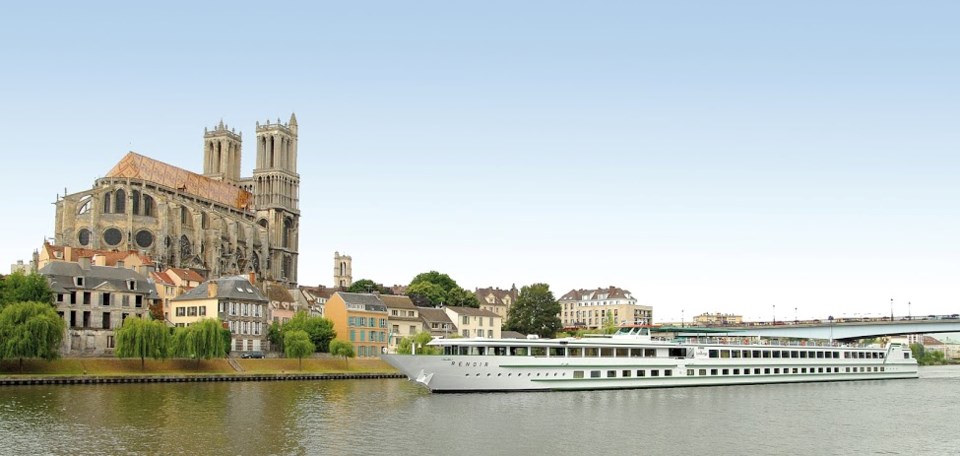It’s not hard to sell people on the merits of taking a French river cruise. Why, when the venerable CroisiEurope cruise line invited me to travel on both the MS Seine Princess and the MS Loire Princess (you can guess which famous French river each one goes on), most of my friends seemed more excited by that prospect than my subsequent trip to Magnitogorsk, Russia to cover a hockey tournament. Clearly, the Magnitogorsk tourism board has some work to do.
However, I didn’t cruise just so I could munch baguettes and sip Merlot, watching chateaus and sheep drift by while making lofty pronouncements about the superiority of the laidback Gallic lifestyle. After launching near the Eiffel Tower in Paris, I enjoyed five distinctive highlights during my week with CroisiEurope, Europe’s largest river cruise line.
Giant mechanical animals
Who doesn’t love giant mechanical animals?
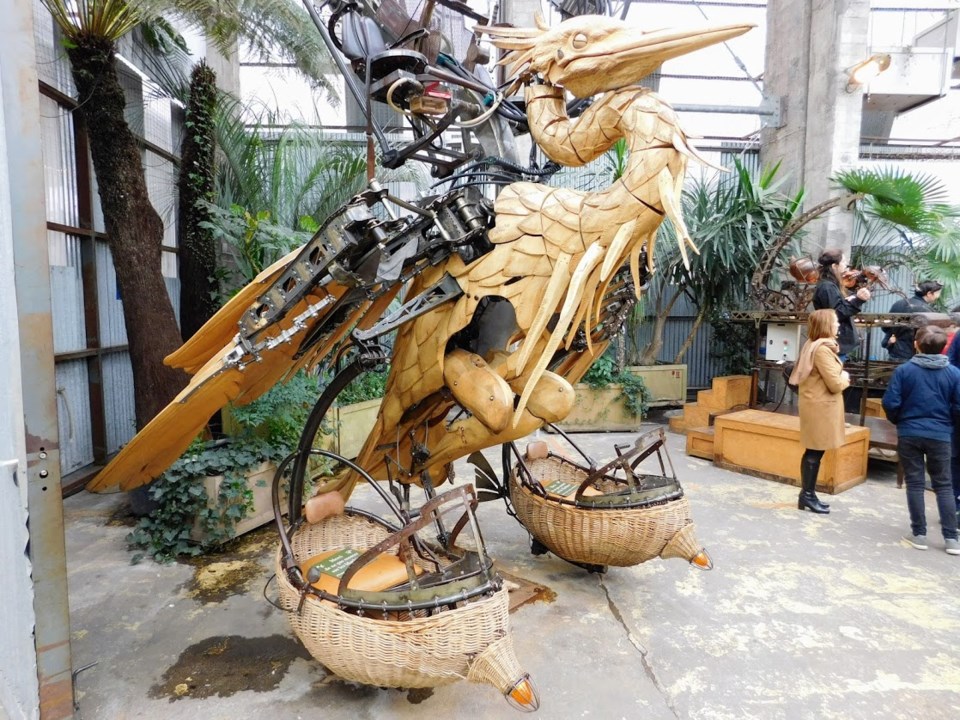
Nantes, an historic Loire port city of 303,000 inhabitants, is home to the Machines de L’Ile de Nantes, a spectacular, surreal exhibition that opened in 2007. Just across the river from the moored Loire Princess, I spotted a 12-metre-tall, mechanical wooden elephant carrying some 50 passengers. When I got close, I saw the strange pagoda-like doors on its sides. As I watched the Great Elephant blinking and blowing steam, lumbering around with peculiar majesty, it was impossible not to feel child-like glee.
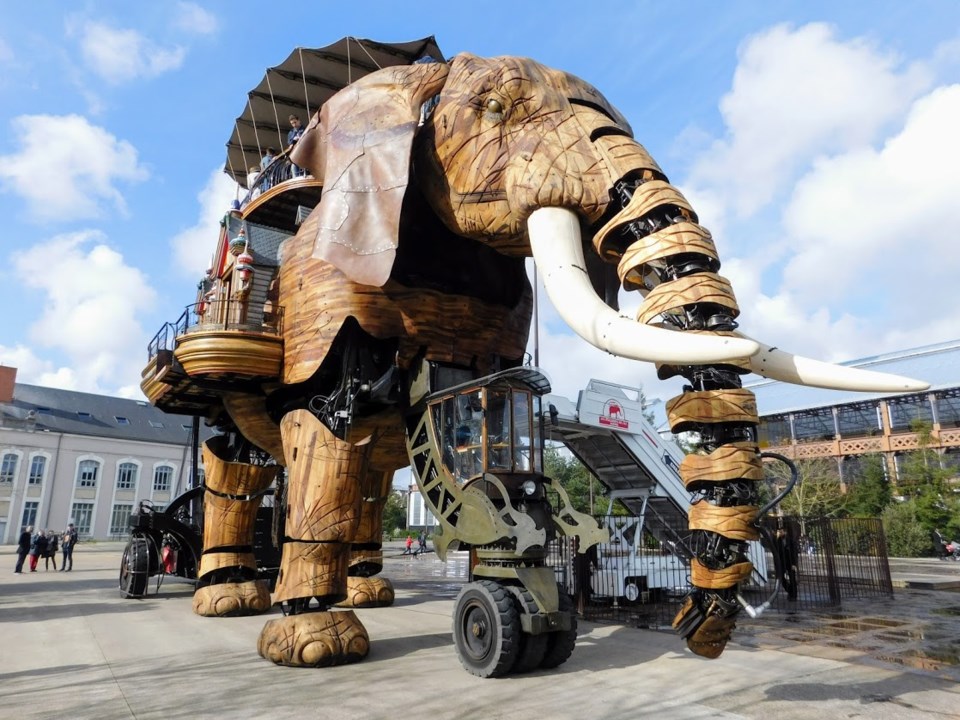
The Great Elephant is just one marvel at these converted shipyards, which take their cue from the scientific visions of Leonardo da Vinci and the creative visions of author Jules Verne, a Nantes native. I headed into the cavernous Galerie des Machines, where co-designers François Delaroziere and Pierre Orefice craft new beasts in an Alice in Wonderland-meets-Alien environment. You can ride a huge inchworm or a wood-winged heron that soars over the photo-snapping audience.
I strode outside on a huge undulating branch to survey the riverside view. The Heron Tree, modelled on a banyan tree, has been in the works since 2002, and will be populated by science-fiction hummingbirds, geese, and other creatures. I also admired the nearby Carousel of the Marine Worlds, a triple-decker carousel featuring a giant crab and a squid powered by reverse propulsion.
Literary tourism par excellence
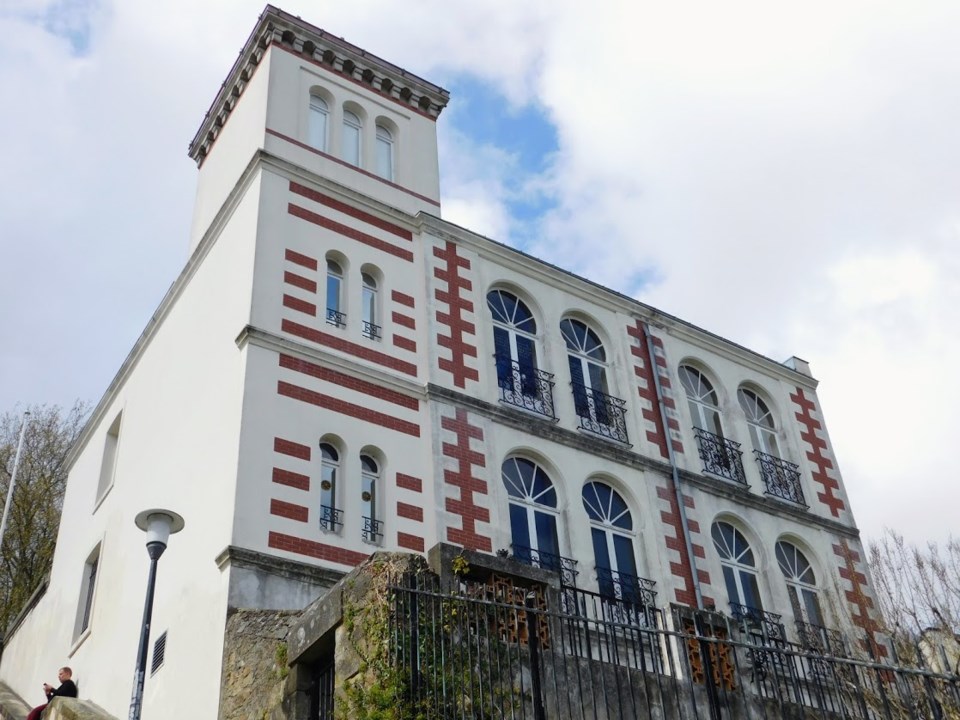
Sometimes dubbed the “father of science fiction,” Jules Verne gave the world classic adventure novels like Twenty Thousand Leagues Under the Sea and Around the World in 80 Days. And 2019 will mark the 100th anniversary of the Apollo 11 moon landing, after which astronaut Neil Armstrong, the first man to walk on the moon, spoke in a July 23, 1969 broadcast en route home about Verne’s prophetic book From the Earth to the Moon.
In Nantes, I toured the engaging, 1978-founded Jules Verne Museum to view a plethora of memorabilia related to the 1828-born author. A reproduction of Captain Nemo’s chest with his pipe and telescope, a film poster of 1973’s L’Ile Mysterieuse starring Omar Sharif, and a fictionalized audio monologue by Verne’s wife Honorine’s about his workaholic tendencies (he started writing daily at 5 a.m.) are among the exhibits. In France, which has spawned great authors from Jean-Jacques Rousseau to Albert Camus and is home to Paris’s world-famous Shakespeare and Company bookstore, the Jules Verne Museum stands out as a must-see for any literary tourist.
Beautiful medieval architecture
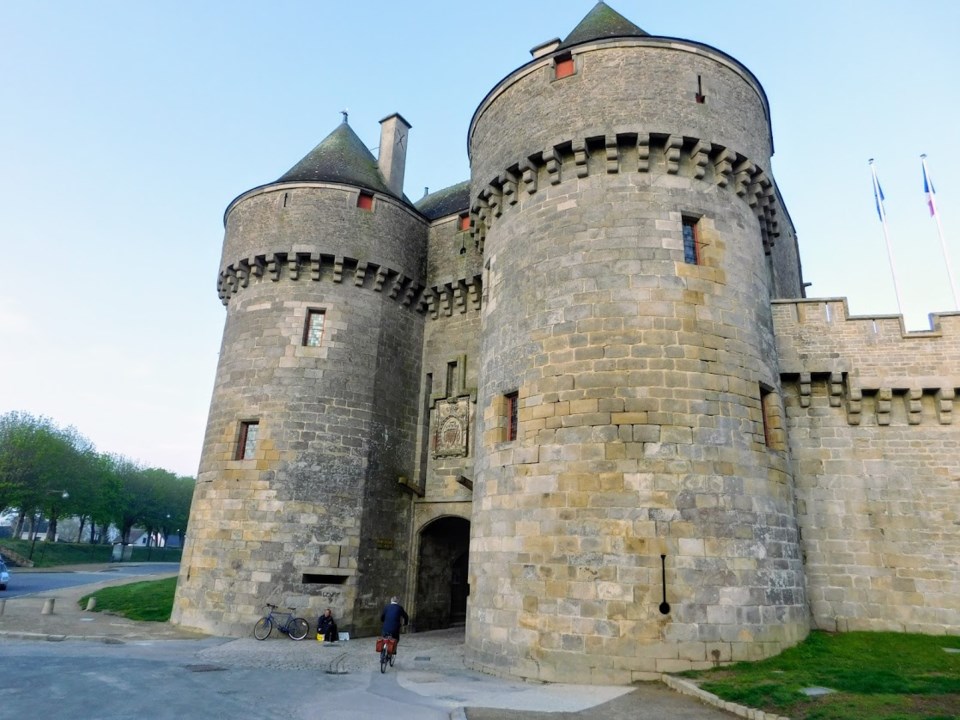
Cruising the Seine, we stopped in Les Andeys, a community of 10,000, where I was thrilled to visit the ruins of Chateau Gaillard. Perched on a limestone hill overlooking the river, the castle was founded in 1196 by English king Richard the Lionheart, famed in the Robin Hood legend for having his throne usurped by wicked Prince John during the Crusades, and it fell to the French in 1204. Excellent interpretive text offers more details on Chateau Gaillard’s origins and the recent excavations that began here in 1991.
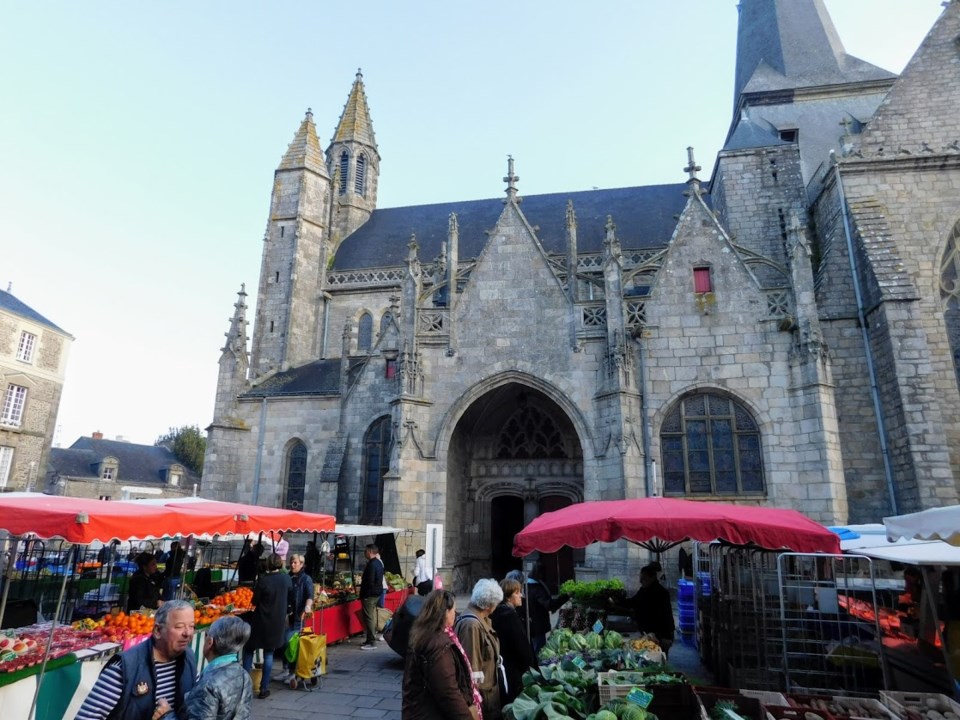
On the Loire River, I was captivated by the walled medieval city of Guerande. It features 1,300 metres of ramparts, with four gates at the cardinal points, and six towers. Known for producing Muscadet white wine and a distinctive brand of salt, Guerande abounds nowadays with delightful chocolate shops and fashion boutiques. (Magnitogorsk, are you taking notes?) In the morning, the central marketplace comes alive with mounds of fresh strawberries, tomatoes, and French bread.
Unique style of cruising
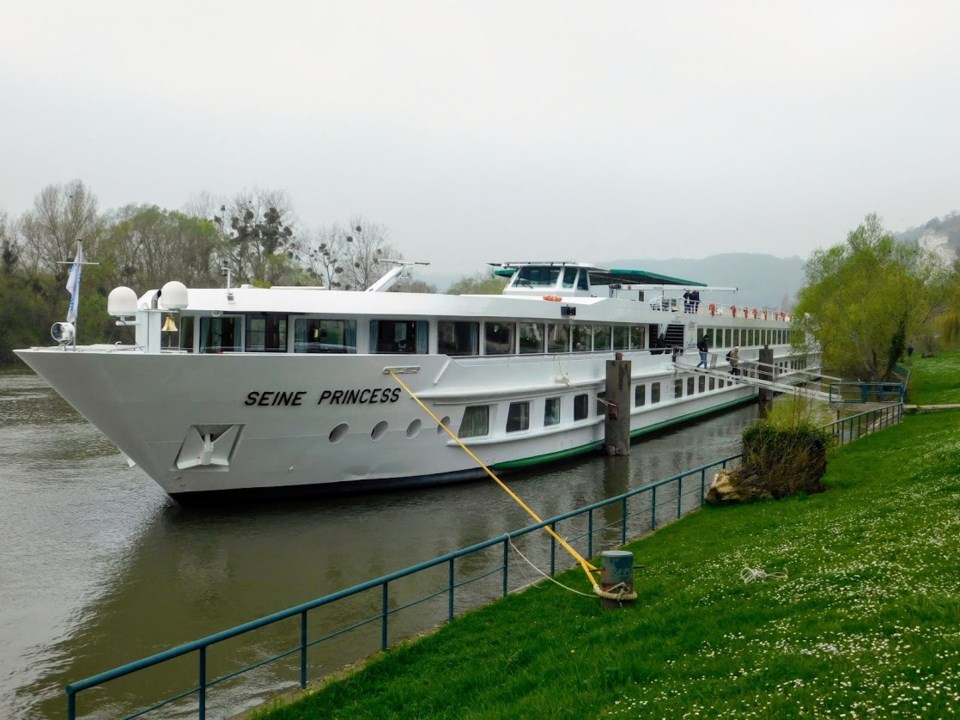
I’ve cruised everywhere from Alaska with Holland America to Vietnam with Scenic, and CroisiEurope brings a unique charm. This company, founded 42 years ago by the Schmitter family, currently operates 55 ships with more than 1,600 employees. With a demographic of 55 percent French-speaking and 45 percent non-French passengers, it’s not the cruise line for you if your goal is strictly to hang with Doug and Mary from Oklahoma. The all-inclusive format is comfortable and down-to-earth, with double-occupancy cabins and bathrooms with showers. Cruises cost about 30 percent less than most of CroisiEurope’s competitors.
CroisiEurope designs, builds, and maintains its own ships. I also attended the inauguration of the MS Renoir. The 1999-built vessel has been completely rebuilt, featuring a memorably pink interior design scheme, with 54 cabins and a capacity of 105 passengers. On all three CroisiEurope ships I experienced, however, the food held the most magnetic appeal.
Delicious onboard dining
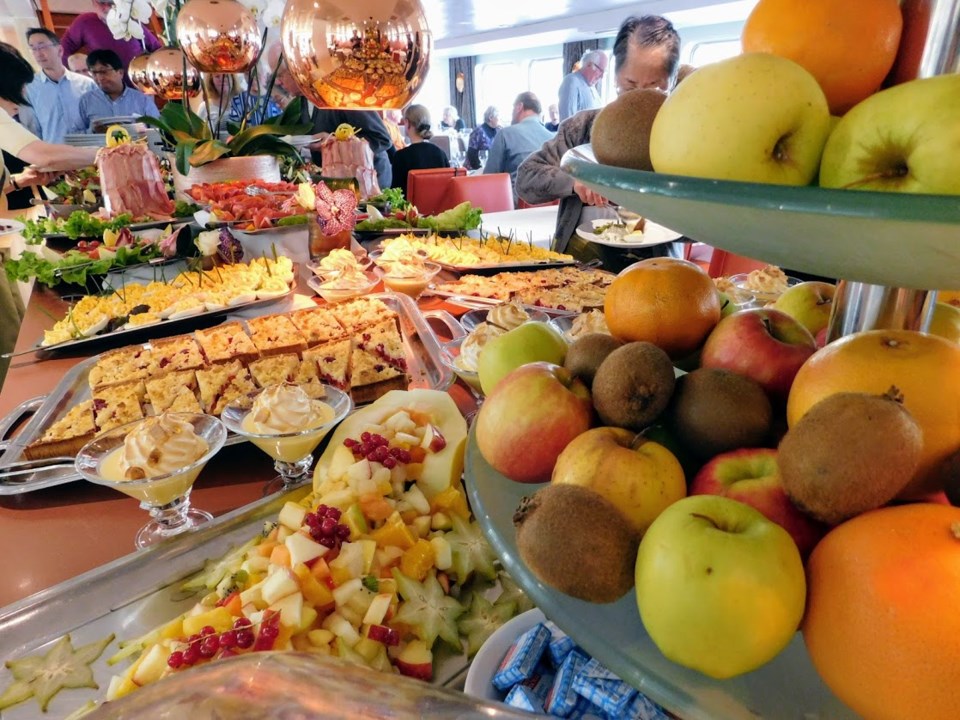
The focus is on French cuisine made by French chefs. Breakfasts feature a cheerful spread of custom-made omelets, French bread, Emmental cheese, fruit and so on. (Getting to boil your own eggs adds a whimsical touch. Do not eat those raw eggs straight up, you barbarian!)
Lunches and dinners include anything from herring salad to venison and red cabbage with mashed potatoes. Admittedly, it’s not quite the same as loading up at the unauthorized Quentin Tarantino-themed pizzeria at the mall in Magnitogorsk, but hey, CroisiEurope isn’t here to fulfill your surreal Soviet fantasies.
The company also offers barge cruises (up to 22 passengers) in five different wine-and-cheese regions of France, which gives me a reason to come back. At that point, I probably will make lofty pronouncements about the superiority of the laidback Gallic lifestyle.
Lucas Aykroyd travelled as a guest of CroisiEurope, which did not review or approve this article. For more information on France, visit Atout France.
